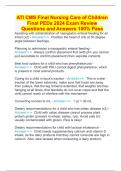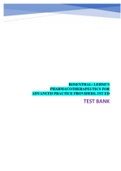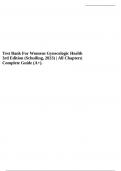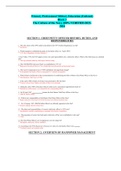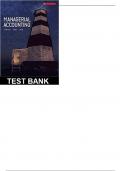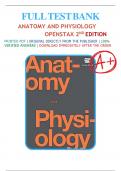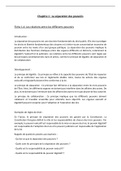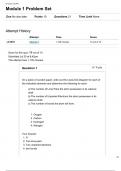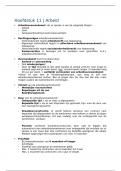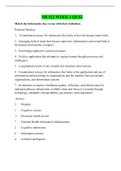Exam (elaborations)
ATI CMS Final Nursing Care of Children Final PEDs 2024 Exam Review Questions and Answers 100% Pass
- Course
- NR 328 Pediatric Nursing
- Institution
- Chamberlain College Of Nursing
ATI CMS Final Nursing Care of Children Final PEDs 2024 Exam Review Questions and Answers 100% Pass
[Show more]
